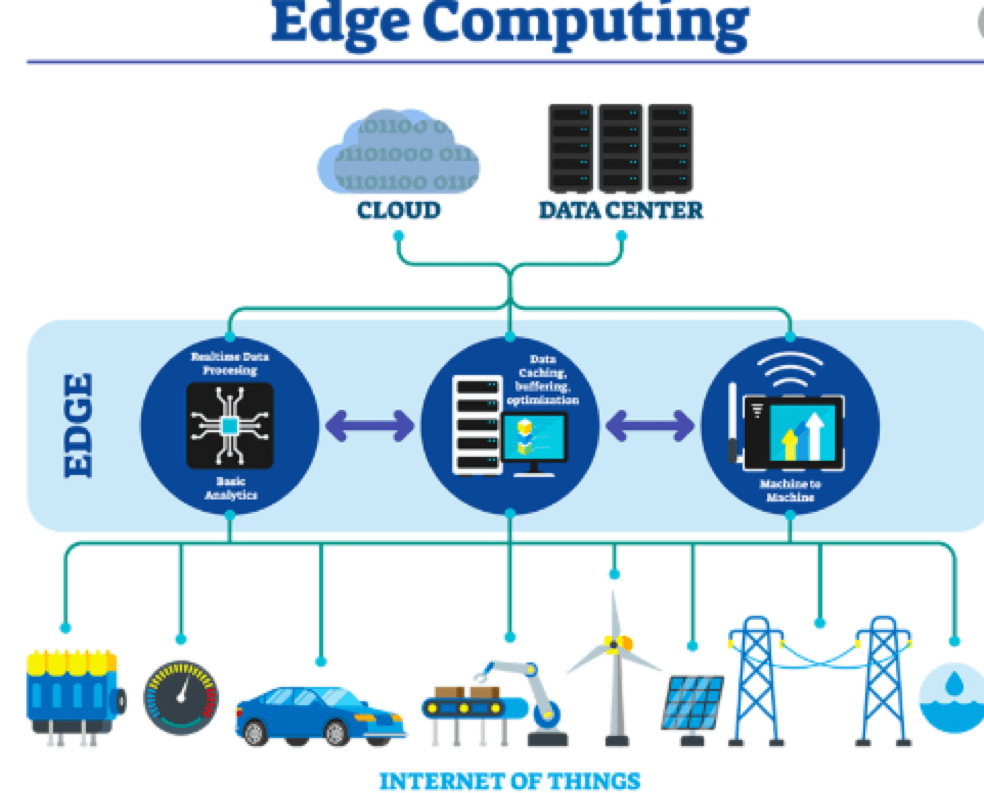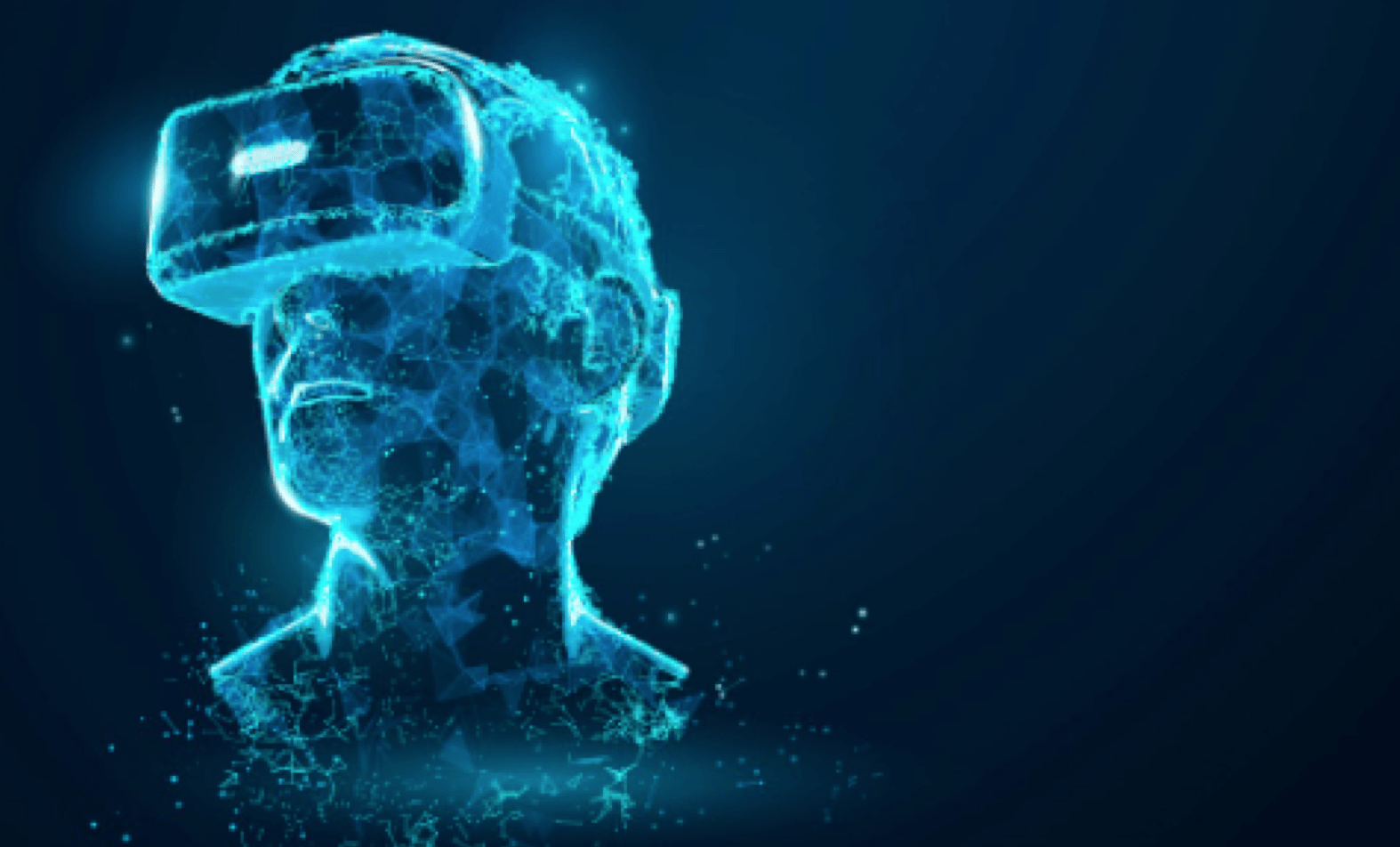The technological world continues to expand exponentially and, as such, it can be difficult to predict trends without your predictions being out of date as soon as you finish them. It is, therefore, key to monitor carefully how the technological world evolves even if some trends take you by surprise. Here are some to look out for in 2020.
Virtual Reality and Augmented Reality
VR (Virtual Reality) and AR (Augmented Reality) can sometimes be confused. Whilst VR immerses a user in a digital world, AR simply enhances that world. VR and AR are currently taking over the gaming industry and are likely to head into the gambling industry in the near future. At present, Google, Samsung and Oculus enable gamers to step into another world through VR, whether it be gambling in a Deal or No Deal casino, or chasing down the bad guys in your favourite shoot-em-up.
Games such as Pokemon Go – which has entertained millions of users worldwide – use AR and that in itself has been a huge money-spinner. Indeed, Pokemon Go earned $1.4 billion in 2019 alone.
VR and AR may be different concepts, but they have an incredible potential – most of which is currently untapped. VR and AR also have the capability to infiltrate industry areas such as marketing, entertainment and education and truly take over technology.
Artificial Intelligence (AI)
Artificial Intelligence (AI) is actually a scary thought. Computer systems that copy human intelligence and complete objectives both faster and more accurately than humans is only a recent phenomenon. But, it epitomizes the achievements of technology as a whole.
AI is taking over the world, quite literally. Five out of six Americans use it each day without even realizing – navigation apps like Google Maps and streaming services are part of the AI clan.
AI is not just for the customer, however. Images, speech, patterns and decision making can now be recognized due to the proliferation of AI, but the concept can also schedule trains and even improve the efficiency of businesses with money-saving tasks.
Machine Learning is also a major part of AI; the discovery of insights and data patterns are learned, despite not being programmed to do so. And, it’s certainly a lucrative market with predictions that, by 2022, the Machine Learning market will hit the $9bn mark.

Edge Computing
Keeping traffic and processing local in a bid to restrict latency is what edge computing is set up to do. Edge computing does what it says on the tin – it operates “on the edge,” closer to where computing actually happens. This focus on the edge comes from the need for the Internet of Things (IoT) systems to supply disconnected and distributed capabilities into the world of IoT.
Effectively, remote locations with limited or no connectivity to a centralized location can be aided with edge computing. The concept is able to process time-sensitive data for these locations, giving them access to previously unviable connections. And, by 2025, this market is expected to reach nearly $16.55bn.

Blockchain
Security is the name of the game for blockchain. Network users can trace their assets to where they came from as well as giving those users the ability to interact safely in an ever-expanding digital world. Due to the characteristics of this ‘chain’, data can only be added rather than altered with transactions not requiring an overseer.
Poor scalability is currently holding blockchain back from realizing its potential, but that is likely to change in the future as trust, transparency and value exchanges take place across businesses. This is true particularly for betting sites where trust is often missing and difficult to establish.


